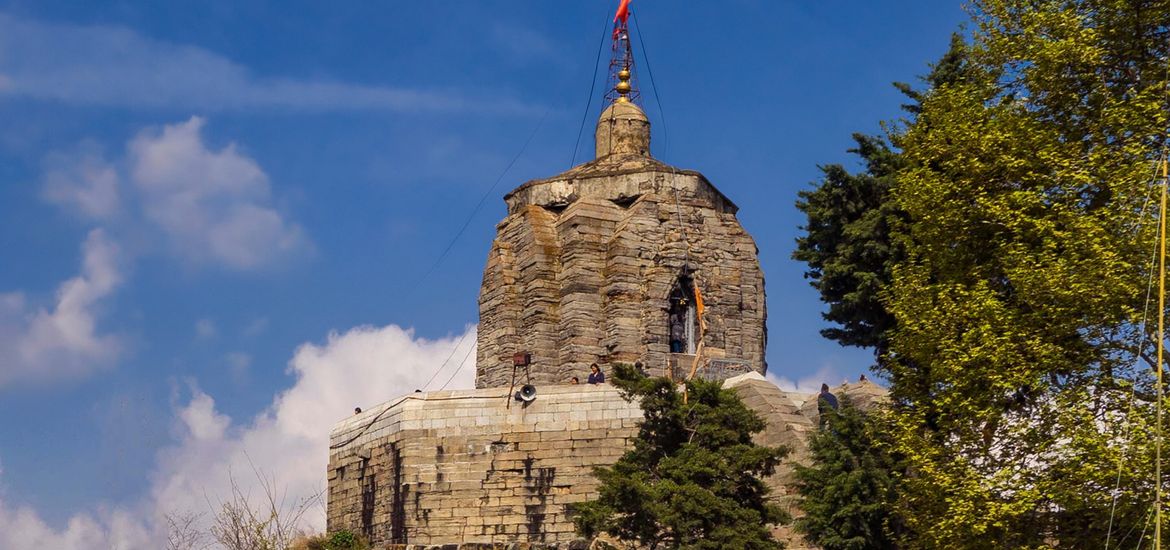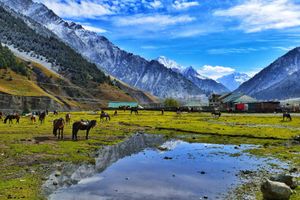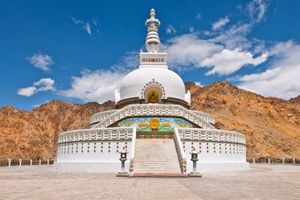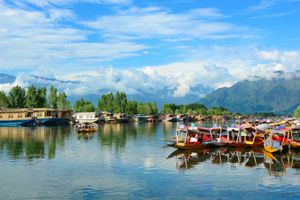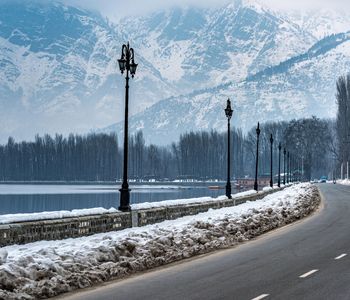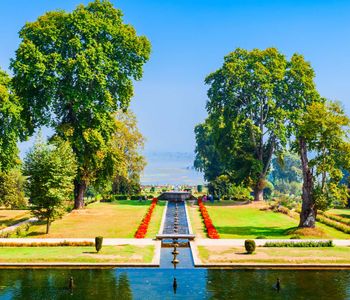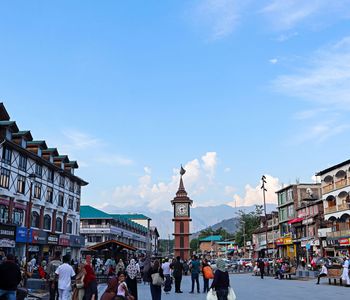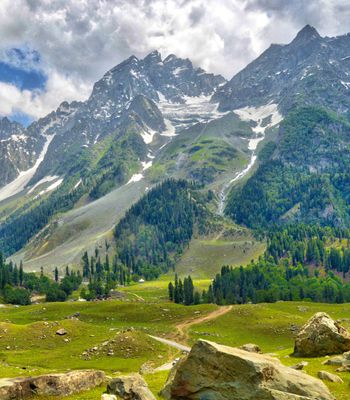Perched high above Dal Lake and the City of Srinagar, India, the Shankaracharya Temple resides on a hillside peak as a beacon to its followers. This Hindu temple is popular with locals and visitors because of its rich history and proximity to lodging and transportation. Learn more about the Shankaracharya Temple so that you can plan a visit today.
Temple History
The original temple was built as far back as 200 BC. Named after Adi Shankaracharya, this philosopher reportedly created a non-dualism philosophy. To celebrate his name, the temple became a pilgrimage spot for Hindu followers throughout the centuries.
With the current building dating back to the 9th century AD, it remains one of the oldest Kashmir temples. Residing on a hill with an elevation of about 1,000 feet, this temple continues to be protected by the government and scientists as a historical monument and religious center.
Understanding the Cultural Significance
According to local lore, the early temple was originally a Buddhist monastery. It's believed that Shankaracharya converted this temple into a Hindu temple many centuries ago. Now, there are festivals and pilgrimages focused around the Shankaracharya Temple.
During the summer, pilgrims visit the temple as part of their Amarnath Yatra pilgrimage. In the early spring, Kashmiri Hindus enjoy their festival called Maha Shivaratri. Celebrating the Lord Shiva, this festival combines music and offerings to the deity, including flowers, milk and fruits.
Breaking Down the Architectural Details
Formed with gray stone blocks, the temple has a unique design to match its summit location. The structure's base consists of 20-foot tall walls in an octagonal shape. Topping the base is a square building. Nearby, discover two other buildings designed for other saints known to frequent this location.
Venture inside the temple to find a circular and darkened chamber. Surrounded by octagonal columns, the centerpiece is a small basin housing the Lingam. Today, visitors are still welcome to enter the temple to see these remarkable attractions.
Discovering the Temple's Grounds
Because the temple is located on a hill, there are many stairs to take to the peak. Amazingly, there are more than 200 stone steps to walk up to the temple's entryway. Ideally, wear comfortable shoes and use a walking stick for support. The property's caretakers keep the temple safe for walking, and they maintain it as a historical property. Be aware of tripping hazards as you climb into the inner chamber.
Planning Your Trip
Unless you're timing your visit with a festival or pilgrimage, the best time to visit the Shankaracharya Temple is between May and September. Indeed, you'll avoid the snowy conditions during the winter with a summer visit. It can warm up during these months, however, so stay hydrated and wear lightweight clothing.
Whether you're a curious traveler, scholar or religious believer, a trip to the Shankaracharya Temple can round out any vacation within India. Bring your camera, an open mind and immerse yourself in the local culture. In the end, the Jammu and Kashmir region is rich with unique stories and attractions for every traveler.
